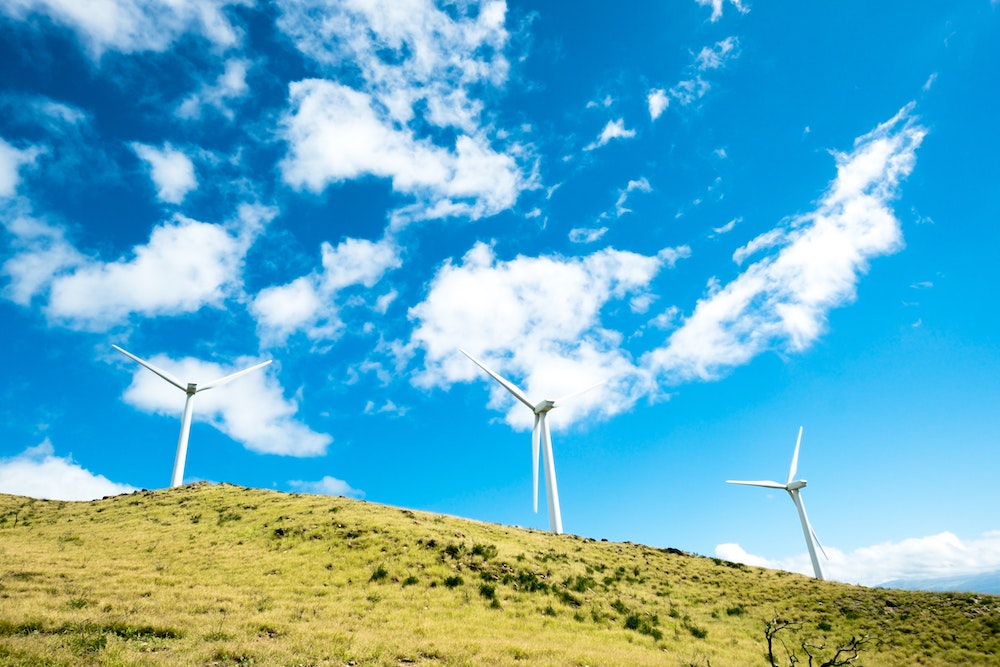BY CHRISTINE TODD WHITMAN, PHILADELPHIA INQUIRER
Following four years of regulatory rollbacks from a president determined to ignore the pressing reality of climate change, President Joe Biden’s first few weeks in office are a welcome change. Biden’s swift series of executive orders will move our country forward toward a future powered by clean energy — a move we can’t afford to delay.
Taking action on climate through executive orders certainly has pitfalls. Executive orders limit the scope of Biden’s actions, are relatively impermanent, and bypass the bipartisan collaboration Biden will need to get climate legislation through Congress. But the issue is too urgent to wait. We must reach zero emissions globally by 2050 to avoid catastrophic levels of climate change, which means drastically slashing emissions in the near term and building the infrastructure needed to power our nation entirely through clean energy.
Furthermore, many of Biden’s immediate actions simply reverse Trump-era executive orders to give us a reset. It doesn’t take bipartisan action off the table.
When President Biden approaches Republican congressional leaders, one of his central arguments will be that transitioning to clean energy won’t cost us jobs. While this transition will be fraught with challenges, this vision is possible: Clean energy can provide jobs for workers currently employed in the coal, oil, and gas industries, as well as other fields.
First, there are significant job opportunities in wind and solar. Jobs in these sectors are predicted to be among the fastest-growing occupations in the next decade. There is a real opportunity here, not just for future jobs, but for a present economic boost that could help us return to pre-pandemic levels of employment. In 2019, 40% of the entire energy workforce was already in clean energy. With the commitments the Biden administration is making now, that portion of the workforce can only grow.
There are also job creation opportunities in newer renewable technologies, such as superconducting Maglev technology. Maglev trains, which operate using superconducting magnets, can go upwards of 375 mph, produce no direct carbon emissions, and are extremely safe. This technology is ready and already being deployed across Asia. Its deployment in the U.S. would create thousands of union jobs, at least in the building phases, which is why it has received union support. Transitioning to clean energy will create thousands of new infrastructure and manufacturing jobs to support the transition to new technologies.
Industries like automakers are already headed toward clean energy. GM’s recent pledge to produce only zero-emissions cars and trucks by 2035 is just one example. Currently, an estimated 2% of U.S. auto sales are electric vehicles. In the next decade, if GM and other automakers fulfill their goals, the growth of this industry will be astronomical. Auto manufacturing jobs will also be accompanied by a massive infrastructure push to facilitate consumer adoption of electric vehicles. President Biden has said he wants to add half a million electric vehicle charging stations across the U.S. to the existing 29,000 stations. This will be an infrastructure project that extends across the U.S., creating jobs in oil and gas states, not just America’s coasts.
Taking advantage of these opportunities, however, will require significant investment in education and retraining. It won’t happen overnight. Even though executive orders allow Biden to move quickly, he’ll need to include a reasonable phase-in period so the industry and individual workers have time to adjust. Any clean energy policy Biden implements will need to be sensitive to workers who may not adapt easily. Matching existing workers to new jobs will be a massive challenge. We must provide training and education for our existing workforce to ensure they experience the job benefits of the transition to clean energy.
Alongside training our existing workforce, we should also increase our investment in STEM education to prepare the next generation of employees in clean energy. This is why action on climate change can’t happen in isolation — to be successful, it must be a coordinated effort by the entire administration. Biden’s first executive orders are only the beginning of the actions his administration will need to take, but the technologies and opportunities are there for us to build on as a country. Let’s get to work.
Christine Todd Whitman is president of the Whitman Strategy Group, which focuses on environmental and energy issues, and served as administrator of the Environmental Protection Agency from 2001-2003 and the 50th governor of New Jersey from 1995-2001.
